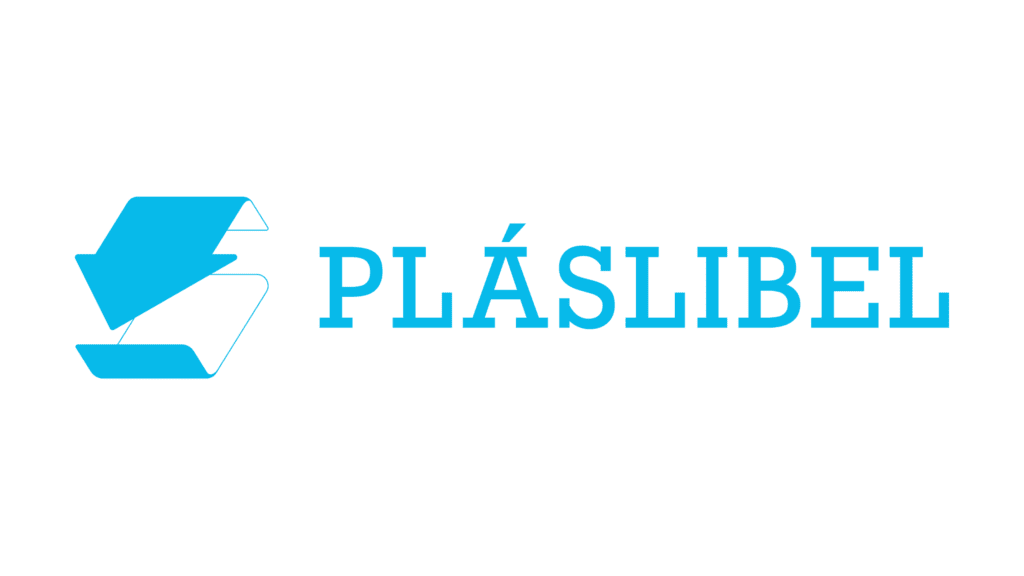Recycling System
The process of transforming plastic waste for a more sustainable future.
1.
Feeding
Our recycling process begins with the collection of plastics from various sources, preventing them from ending up in landfills and contributing to reduced environmental impact.
The collected bales are rigorously evaluated and classified by our specialized team based on the polymers they contain, such as PP, HDPE, and LDPE. This careful sorting ensures that each bale is suitable for the type of granulate to be produced. We then tailor the plastics to meet our clients’ specifications, whether for injection molding, extrusion, or other manufacturing processes.
This method optimizes the process, minimizes waste, and guarantees the production of high-quality granulates.
2.
Sorting
After the initial preparation of the bales, the material is carefully cut with a guillotine and passed through a ballistic separator, which removes any remaining rigid waste.
Our specialized team then intervenes in this process, manually separating the plastics. This hands-on approach is essential to ensure the highest quality, effectively separating the different types of plastics present in the bales.
This meticulous sorting is a fundamental step, preparing the materials for the next stage of the recycling process and ensuring they are ready to be transformed into high-quality new products.
3.
Shredding
Shredding mills are used to reduce the size of the plastic waste. These machines play a crucial role at the start of the production line, breaking and disintegrating the bales into smaller fragments.
The shredding process involves blades mounted on shafts that rotate at controlled speeds. The blades penetrate the material, tearing the plastic in different directions and depths. These mills are typically equipped with counter-blades, which ensure the complete cutting of the waste. The result is the reduction of the material into small fragments, known as flakes, which serve as the foundation for subsequent recycling stages.
4.
Washing and Drying
After shredding, the plastic flakes undergo a washing process to remove impurities and enable density separation, especially in materials of mixed composition.
Washing takes place in open tanks with mechanical agitation and is interspersed with centrifuges that help remove contaminants. Depending on requirements, detergents may be used to enhance cleaning. This process not only removes residues but also facilitates the separation of different materials such as metals, wood, and polymers.
After washing, the material is dried in a single step using mechanical drying. This process eliminates more impurities, prevents material degradation, and reduces unwanted odors. Proper drying also decreases energy consumption in the next phase, extrusion. Finally, the material passes through a magnetic separator, which removes any remaining ferrous waste, ensuring a clean product ready for subsequent steps.
5.
Filtering
In extrusion systems, filtering is carried out between the screw and the die, usually through a perforated disc. This filter retains fine impurities from the washed material that have not yet been removed, ensuring that the molten plastic flows linearly and uniformly. It also regulates pressure drops, ensuring greater homogeneity in the final product.
The effectiveness of the filtering depends on the mesh size and its condition. As the molten plastic passes through the filter, unfused materials, such as wood or polymers requiring higher temperatures, are retained, guaranteeing product purity.
6.
Extrusion
After washing and drying, the recycled material undergoes the extrusion process to be transformed into pellets, ready for subsequent applications. Extrusion makes it easier for clients to use the recycled material by converting it into a suitable format for new applications.
During extrusion, plastic is shaped as it is forced through a die under controlled pressure and temperature. The material is introduced into the extruder through a hopper, melted by friction and heat, and pushed along a rotating screw. After cooling, the resulting filaments are cut into pellets of the desired size.
This process ensures that the recycled material can be reused efficiently and consistently.
7.
Laboratory Control
Our laboratory is the cornerstone of our commitment to delivering excellent recycled plastics.
Equipped with state-of-the-art technology and supported by a team of highly qualified technicians, our Quality Laboratory ensures that each batch of recycled plastics meets the high standards of quality and purity we aim to achieve.
Samples from each batch undergo a series of rigorous tests, evaluating criteria such as purity, consistency, and mechanical properties. However, our commitment to quality goes beyond these tests. Continuous improvement is part of our culture, and the laboratory is a key point for process optimization. We are constantly exploring new techniques and technologies to enhance our work.
8.
Packaging
When preparing our products for delivery, we ensure that every detail meets our clients’ requirements, exceeding their expectations. Correct labelling and the inclusion of serial numbers are essential to our process, guaranteeing traceability and reliability throughout the supply chain.
All our pellets come with a Product Technical Data Sheet and a Certificate of Conformity, providing information on product properties and specifications, along with certification of compliance with industry standards. We offer flexibility in packaging, adapting it to our clients’ preferences. While big bags are the standard, we can customize the size, material, or design as needed.
